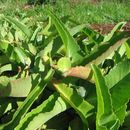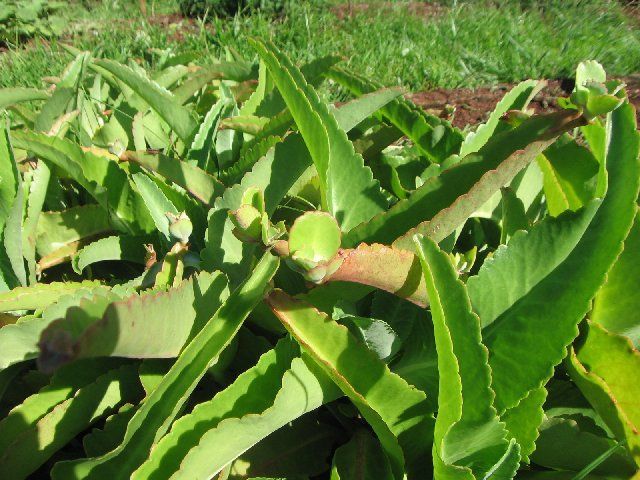en
names in breadcrumbs



Oreobates barituensis is a species of amphibians in the family Craugastoridae. They are listed as near threatened by IUCN. They have sexual reproduction. They rely on saltation to move around.
EOL has data for 14 attributes, including: